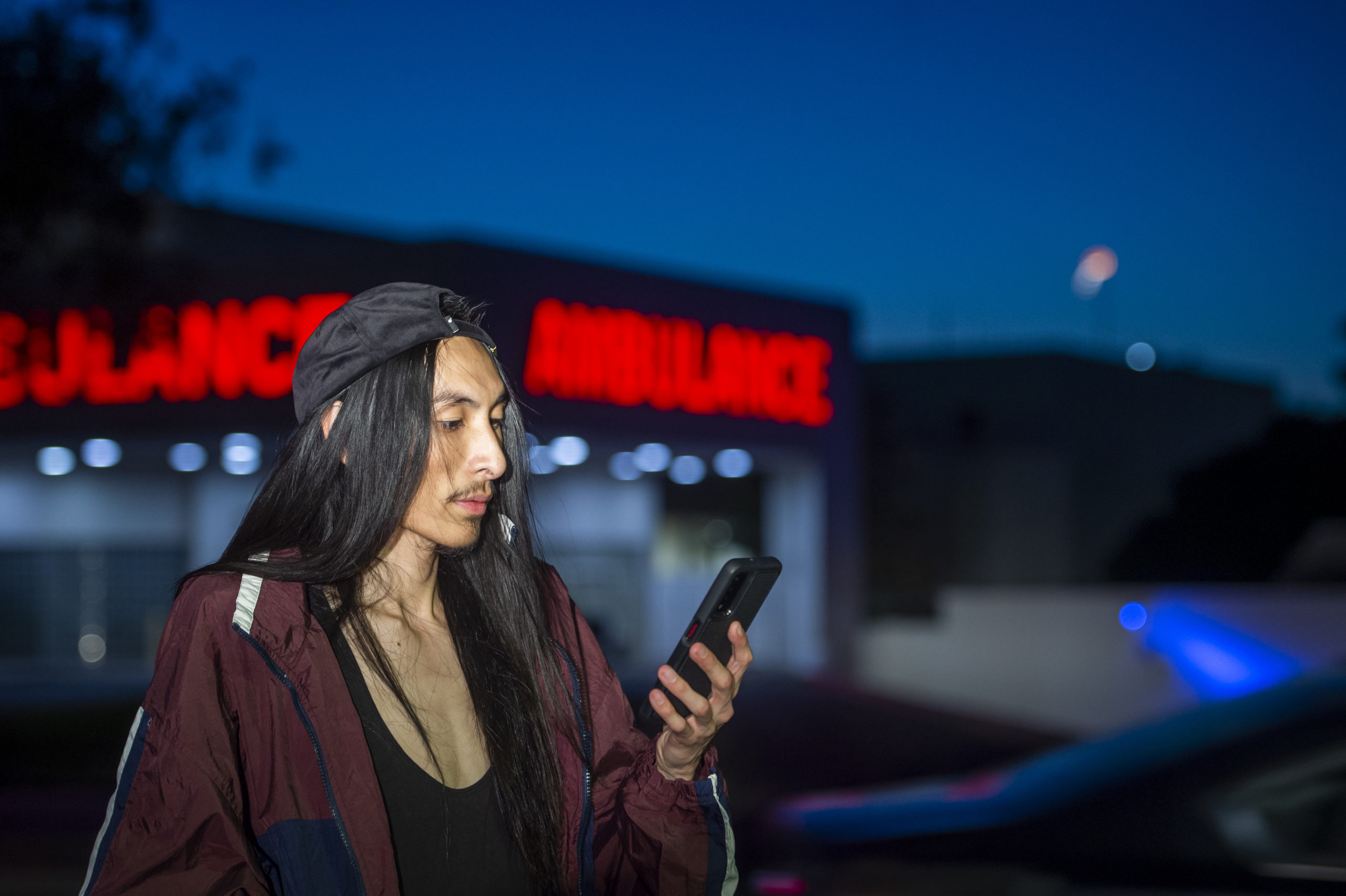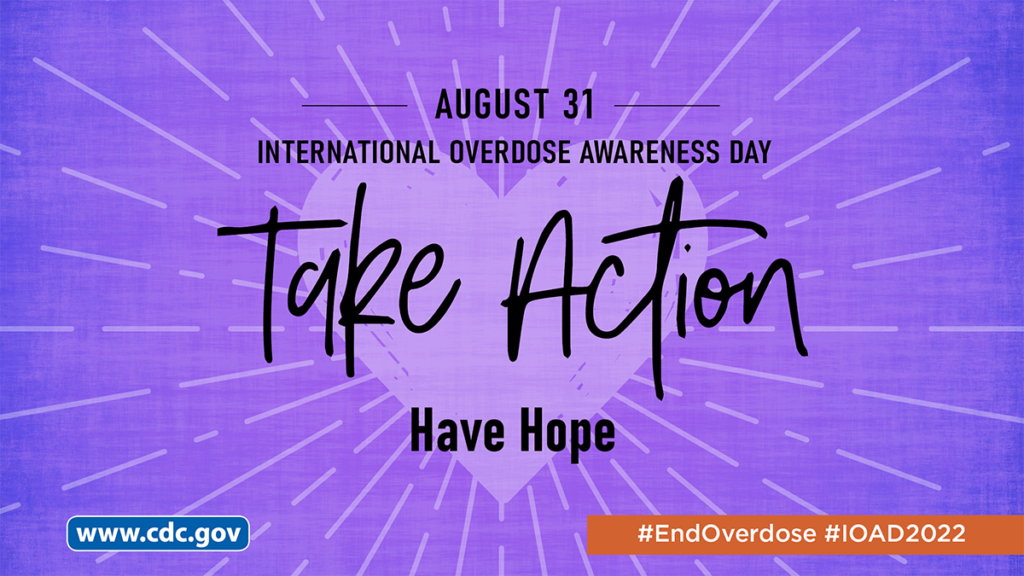
Overdose awareness and prevention
International Overdose Awareness Day is August 31st. We here at Affect join those fighting to help people win the battle against Substance Use Disorders by helping to raise awareness and give information and resources when overdoses occur. You can get involved, honor a lost loved one, or donate at www.overdoseday.com
The number of overdoses is record breaking, and so are the deaths from them.
More than 107,000 Americans died from overdoses in 2021. The increase was primarily due to deaths from fentanyl, a synthetic opioid, and methamphetamine. Meth is often laced with fentanyl.
“We are in the midst of an overdose crisis in the United States, and this tragic trajectory goes far beyond an opioid epidemic. In addition to heroin, methamphetamine and cocaine are becoming more dangerous due to contamination with highly potent fentanyl, and increases in higher risk use patterns such as multiple substance use and regular use,” said researcher Dr. Nora Volkow, director of the U.S. National Institute on Drug Abuse.
The number of meth overdoses has tripled in recent years. With no FDA-approved medications to help Methamphetamine Use Disorder, and lack of access to treatment for underserved populations where meth use has gone up dramatically, we face a true crisis.
Overdoses can be accidental or intentional. Suicides by overdose have increased among both the young and elderly.
While getting treatment for substance use disorders obviously prevents overdose deaths, it’s important to know the signs so you can get help in time to save a life.
The Center for Disease Control provides the following guidance for people to recognize an overdose.
How to recognize an overdose
Recognizing an overdose can be difficult. If you aren’t sure, it is best to treat the situation like an overdose—you could save a life. Call 911 immediately. Administer naloxone, if it’s available. Do not leave the person alone. Signs of an overdose may include:
- Small, constricted “pinpoint pupils”
- Falling asleep or loss of consciousness
- Slow, weak, or no breathing
- Choking or gurgling sounds
- Limp body
- Cold and/or clammy skin
- Discolored skin (especially in lips and nails)
Lifesaving naloxone
Naloxone can reverse an overdose from opioids, including heroin, illicitly manufactured fentanyl and fentanyl analogs, and prescription opioid medications. Often given as a nasal spray, naloxone is safe and easy to use. Methamphetamine, cocaine, and other drugs can be and are often laced with fentanyl.
You should carry naloxone if
- You or someone you know is at increased risk for opioid overdose, especially those with opioid use disorder (OUD).
- You or someone you know are taking high-dose opioid medications prescribed by a doctor.
- You or someone you know have both opioid and benzodiazepines prescriptions or use illicit substances like heroin or fentanyl.
Remember: You can’t use naloxone on yourself. Let others know you have it in case you experience an opioid overdose.
To learn more about naloxone, how to use it, and how to find it, the CDC has resources available.

